The Selfish Giant
‘Victorian’ may have become for us a byword for hypocrisy and repression, but it’s not hard to find literature of the day that plays against this grain. The Victorian fairy tale is certainly one place where authors did find covert ways to explore challenging social themes, albeit under the cover of the prescription ‘for children’.
Authors who experimented with this modernised folk genre include Juliana Horatia Ewing, Mary de Morgan, W.M. Thackeray, Ford Madox Ford, Rudyard Kipling, and, most famously perhaps, Oscar Wilde in his The Happy Prince and Other Tales, first published in 1888.
Today our knowledge of Wilde’s fate at the hands of Victorian society inevitably informs how we interpret his tales. In Brian Gilbert's 1997 biopic Wilde, for instance, portions of The Selfish Giant are used to suggest that its opening premise, the sadness of children who are banned by a giant from playing in his beautiful garden, reflects the distress of Wilde’s own children at losing their father to his ‘selfish’ pursuits. At the very least, as has been noted by biographers, Wilde was a large man for his time. It is not difficult to imagine that he did indeed identify himself with a giant.
Continue reading for only $10 per month. Subscribe and gain full access to Australian Book Review. Already a subscriber? Sign in. If you need assistance, feel free to contact us.



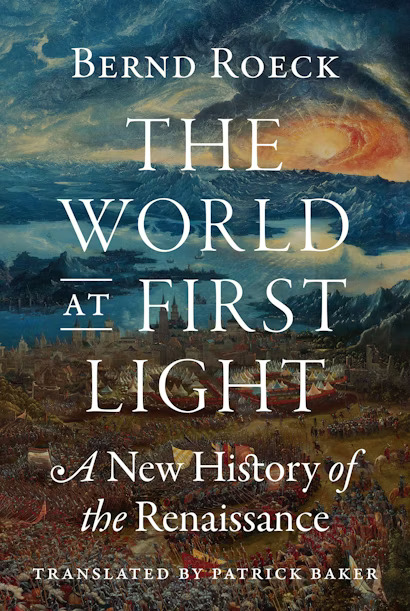
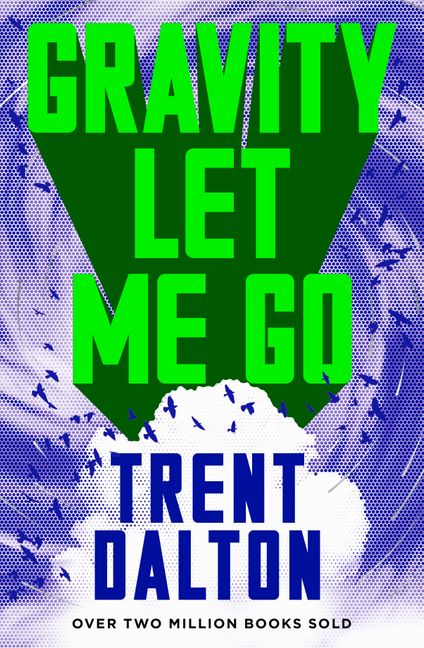
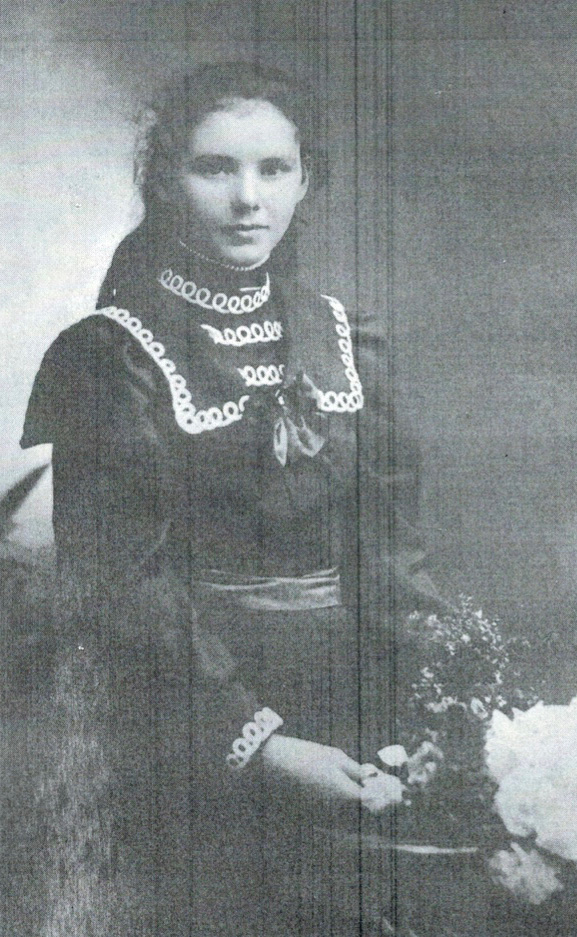
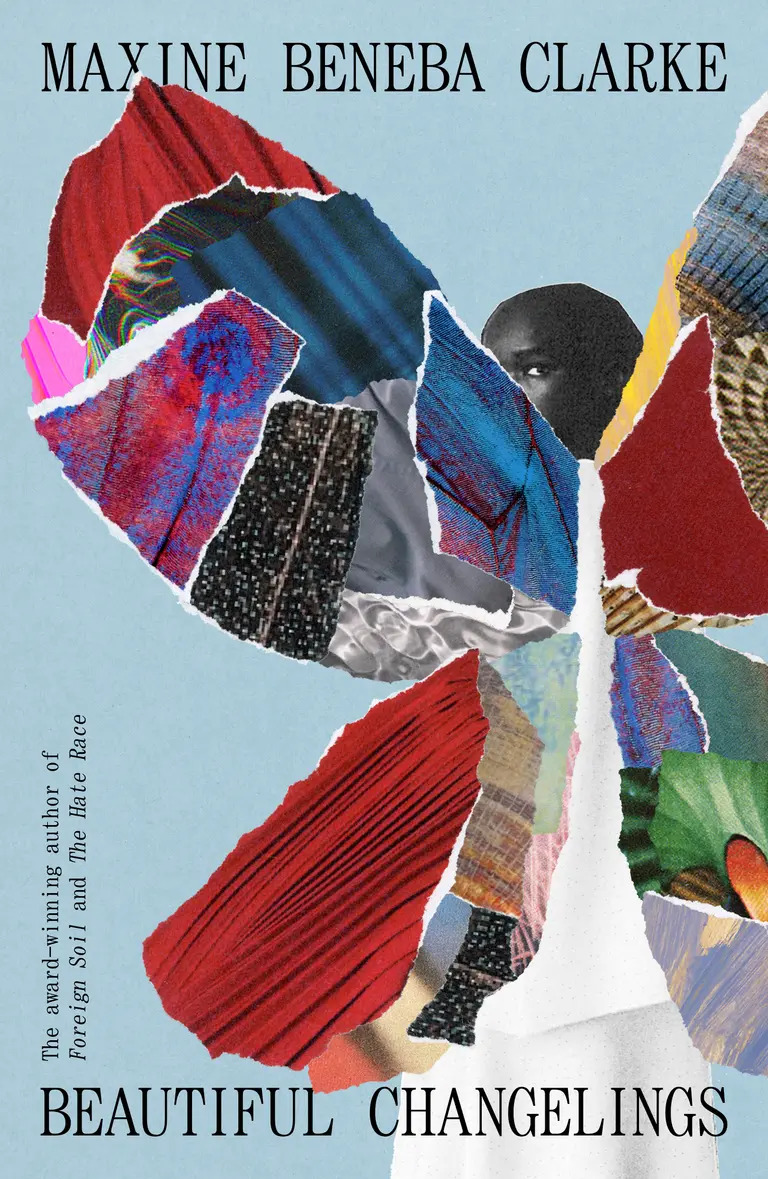
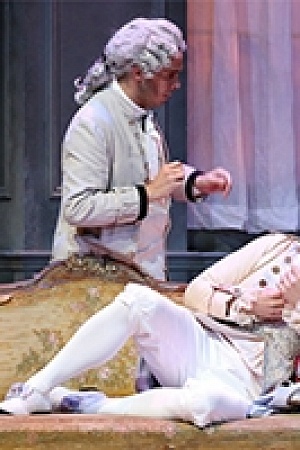
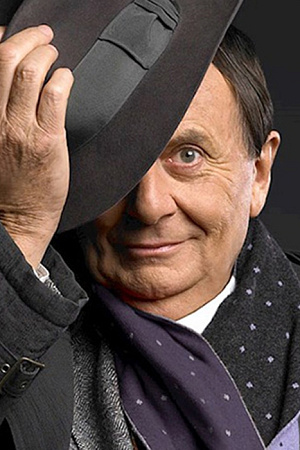
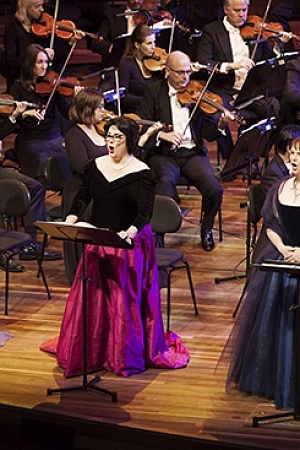
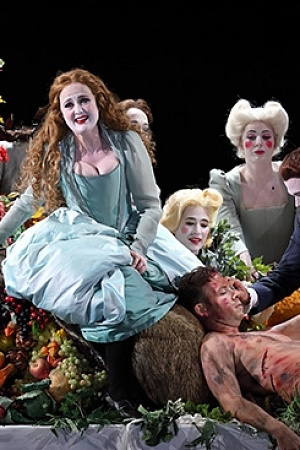
Leave a comment
If you are an ABR subscriber, you will need to sign in to post a comment.
If you have forgotten your sign in details, or if you receive an error message when trying to submit your comment, please email your comment (and the name of the article to which it relates) to ABR Comments. We will review your comment and, subject to approval, we will post it under your name.
Please note that all comments must be approved by ABR and comply with our Terms & Conditions.